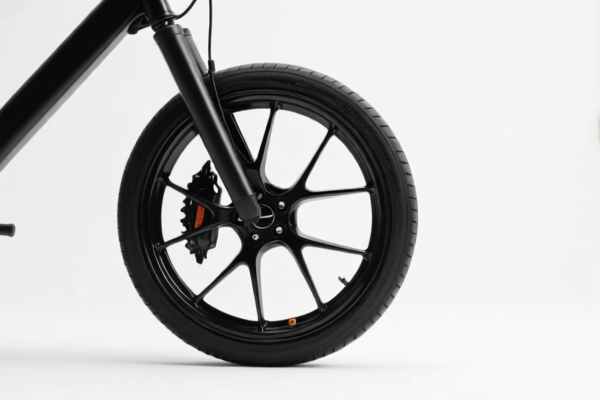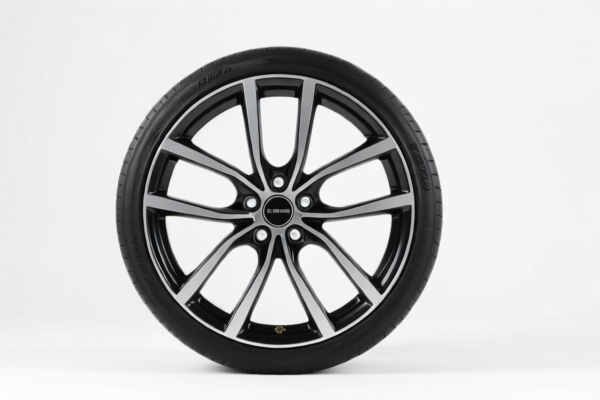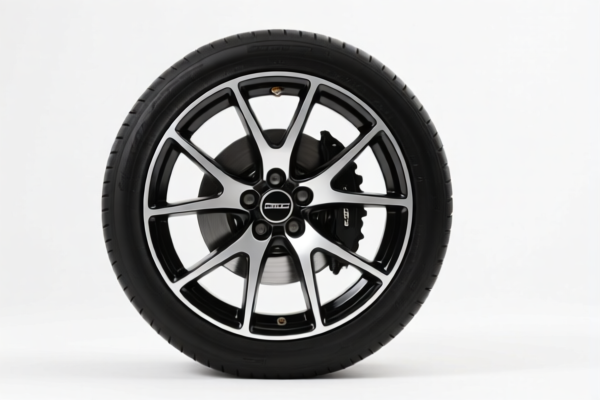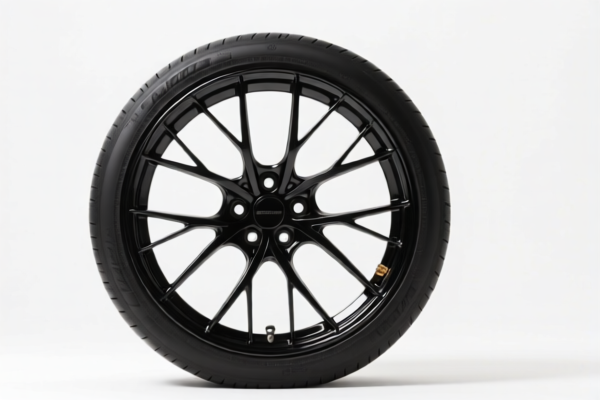| HS Code | Official Doc | Tariff Rate | Origin | Destination | Effective Date |
|---|---|---|---|---|---|
| 8483907000 | Doc | 60.5% | CN | US | 2025-05-12 |
| 8483908040 | Doc | 57.8% | CN | US | 2025-05-12 |
| 7326908688 | Doc | 82.9% | CN | US | 2025-05-12 |
| 7326903500 | Doc | 87.8% | CN | US | 2025-05-12 |
| 7419801700 | Doc | 58.0% | CN | US | 2025-05-12 |
| 7419803000 | Doc | 58.0% | CN | US | 2025-05-12 |
| 7407295000 | Doc | 56.6% | CN | US | 2025-05-12 |
| 7407293800 | Doc | 58.0% | CN | US | 2025-05-12 |




Guide Wheel
A guide wheel, also known as a tension pulley or idler pulley, is a wheel used to maintain tension or guide the motion of a belt, chain, or cable. It does not transmit power itself, but plays a crucial role in the efficient operation of mechanical systems.
Material
Guide wheels are commonly constructed from the following materials:
- Steel: Offers high strength and durability, suitable for heavy-duty applications and high-tension systems. Often used with bearings for smooth rotation.
- Plastic (e.g., Nylon, Polyurethane): Lighter weight and quieter operation than steel. Resistant to wear and corrosion, often used in conveyor systems or applications where noise reduction is important.
- Aluminum: Provides a good balance of strength and weight, with corrosion resistance.
- Rubber (with core): Used for applications requiring high friction or cushioning.
Purpose
The primary purposes of a guide wheel are:
- Tension Maintenance: Keeps the belt or chain taut, preventing slippage and ensuring consistent power transfer.
- Directional Control: Guides the path of the belt, chain, or cable, ensuring it runs smoothly around other components.
- Wrap Angle Enhancement: Increases the wrap angle of the belt around the driven pulley, improving traction and reducing slippage.
- Load Distribution: Helps distribute the load evenly across the belt or chain, reducing wear and extending its lifespan.
Function
Guide wheels function by:
- Supporting the Belt/Chain: Providing a surface for the belt or chain to run on, reducing stress on the drive and driven pulleys.
- Adjusting Tension: Often mounted on adjustable mechanisms to allow for precise tension control.
- Minimizing Vibration: Dampening vibrations and reducing noise.
- Preventing Derailment: Keeping the belt or chain properly aligned and preventing it from coming off the pulleys.
Usage Scenarios
Guide wheels are found in a wide range of applications, including:
- Conveyor Systems: Maintaining tension and guiding the conveyor belt.
- Automotive Engines: Tensioning timing belts and serpentine belts.
- Industrial Machinery: Supporting and guiding belts and chains in various types of equipment.
- Printing Presses: Ensuring accurate paper feed and tension control.
- Exercise Equipment: Maintaining tension on belts in treadmills, ellipticals, and other machines.
- Robotics: Guiding chains and belts in robotic arms and automated systems.
Common Types
- Fixed Guide Wheels: Mounted in a static position to provide constant tension and guidance.
- Adjustable Guide Wheels: Mounted on a sliding or pivoting mechanism to allow for tension adjustment.
- Tensioning Idler Wheels: Specifically designed for tensioning belts or chains, often with spring-loaded mechanisms.
- Flanged Guide Wheels: Feature flanges on either side to prevent the belt or chain from derailing.
- Bearing-Supported Guide Wheels: Utilize bearings for smooth rotation and reduced friction.
- Coated Guide Wheels: Have a rubber or polyurethane coating to improve friction and reduce noise.
Based on the material, use, function, and application scenarios, a guide wheel typically functions as a component within a transmission system, providing directional support and guiding the movement of belts, chains, or other components. It can be found in various machinery and equipment, including conveyor systems, industrial robots, and automotive applications.
According to the provided reference material, the following HS codes are relevant to guide wheels:
- 8483907000: This HS code covers Toothed wheels, chain sprockets and other transmission elements presented separately; parts: Other: Parts of articles of subheading 8483.20. This is applicable if the guide wheel is specifically designed as a transmission element, such as a sprocket or gear used in a power transmission system. The total tax rate is 60.5%, comprising a 5.5% base tariff, a 25.0% additional tariff, and a 30.0% additional tariff applicable after April 2, 2025.
- 8483908040: This HS code covers Transmission shafts (including camshafts and crankshafts) and cranks; bearing housings, housed bearings and plain shaft bearings; gears and gearing; ball or roller screws; gear boxes and other speed changers, including torque converters; flywheels and pulleys, including pulley blocks; clutches and shaft couplings (including universal joints); parts thereof: Toothed wheels, chain sprockets and other transmission elements presented separately; parts: Other: Other Parts of universal joints. If the guide wheel is a component of a universal joint, this HS code may be applicable. The total tax rate is 57.8%, consisting of a 2.8% base tariff, a 25.0% additional tariff, and a 30.0% additional tariff applicable after April 2, 2025.
- 7326908688: This HS code covers Other articles of iron or steel: Other: Other: Other: Other Other. If the guide wheel is made of iron or steel and does not fall into more specific categories, this HS code may be applicable. The total tax rate is 82.9%, including a 2.9% base tariff, a 25.0% additional tariff, and a 30.0% additional tariff, plus a 25% additional tariff for steel and aluminum products.
Please note that the correct HS code depends on the specific material composition and function of the guide wheel. It is recommended to verify the material and intended use to ensure accurate classification.
Customer Reviews
No reviews yet.